News
Jan 01, 0001
Enhancing Fire Safety and Energy Storage Oversight
NEMA and IAFC's Fire, Life & Safety Section working together
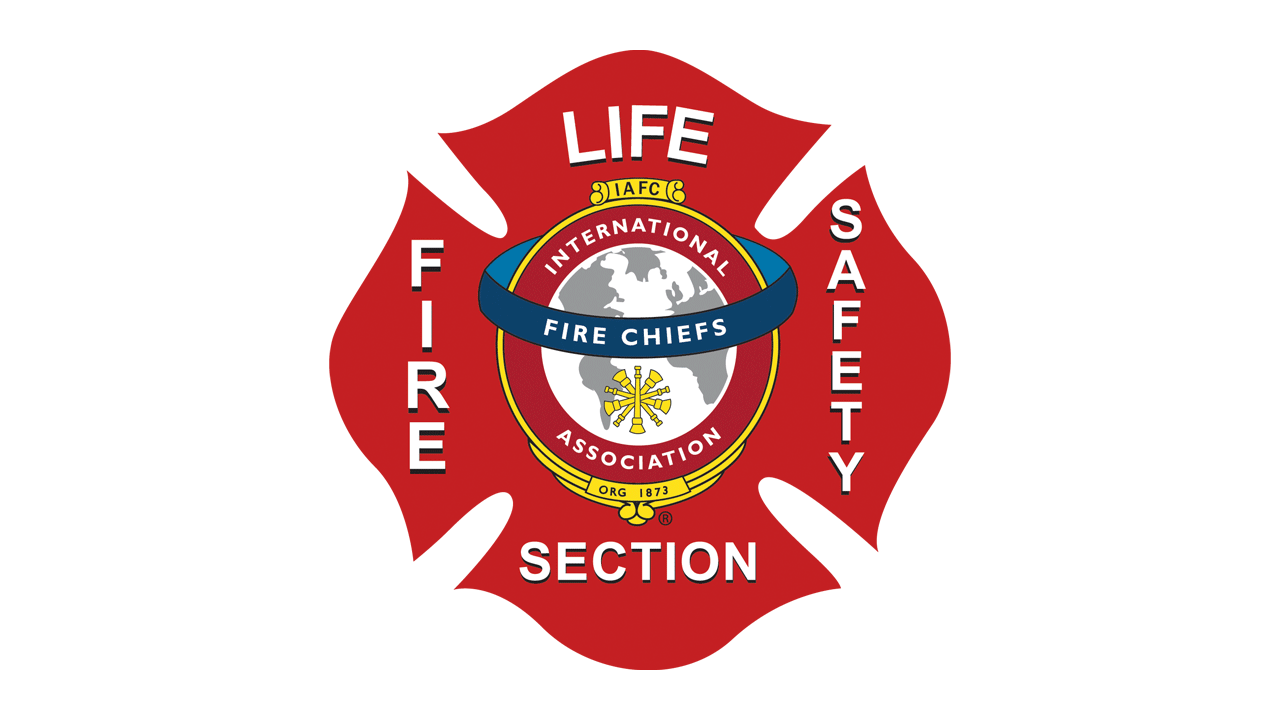
Jan 01, 0001
Celebrating a Champion of Fire and Life Safety: Peg Paul
The 2025 award is presented to Peg Paul, Founder and President of Peg Paul and Associates
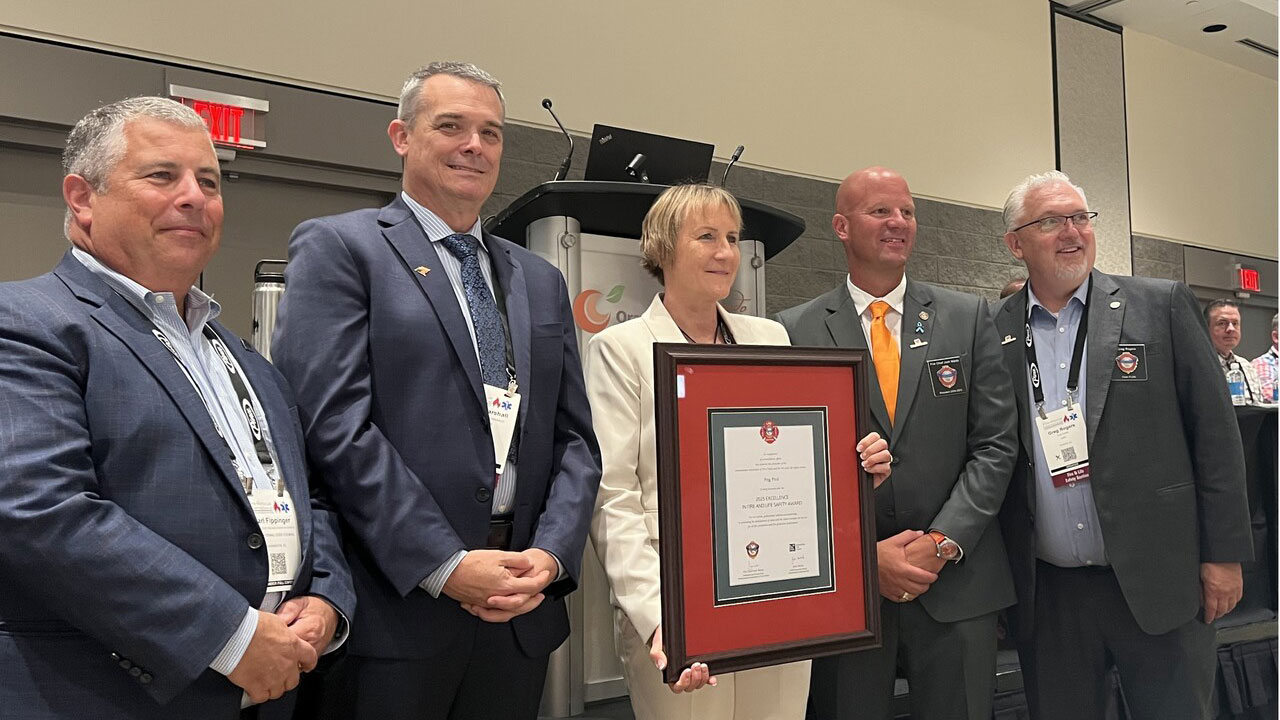
Jan 01, 0001
International Code Council invites building and fire officials to contribute valuable insights for developing resources
We kindly request your assistance in sharing the Hydrogen Permitting and Safety Survey

Jan 01, 0001
The U.S. House of Representatives Passes Legislation to Help Make Micromobility Devices Fire-Safe.
H.R. 973, the Setting Consumer Standards for Lithium-ion Batteries Act has passed the U.S. House of Representatives

Jan 01, 0001
Stay Connected to KnowledgeNet available via Mobile App
Access IAFC's online community via mobile app.

Jan 01, 0001
Explore and Contribute to the Home Oxygen Therapy (HOT) Data Dashboard to help Enhance Community Safety
Help enhance practices and enhance community safety by sharing your experiences with Home Oxygen Therapy
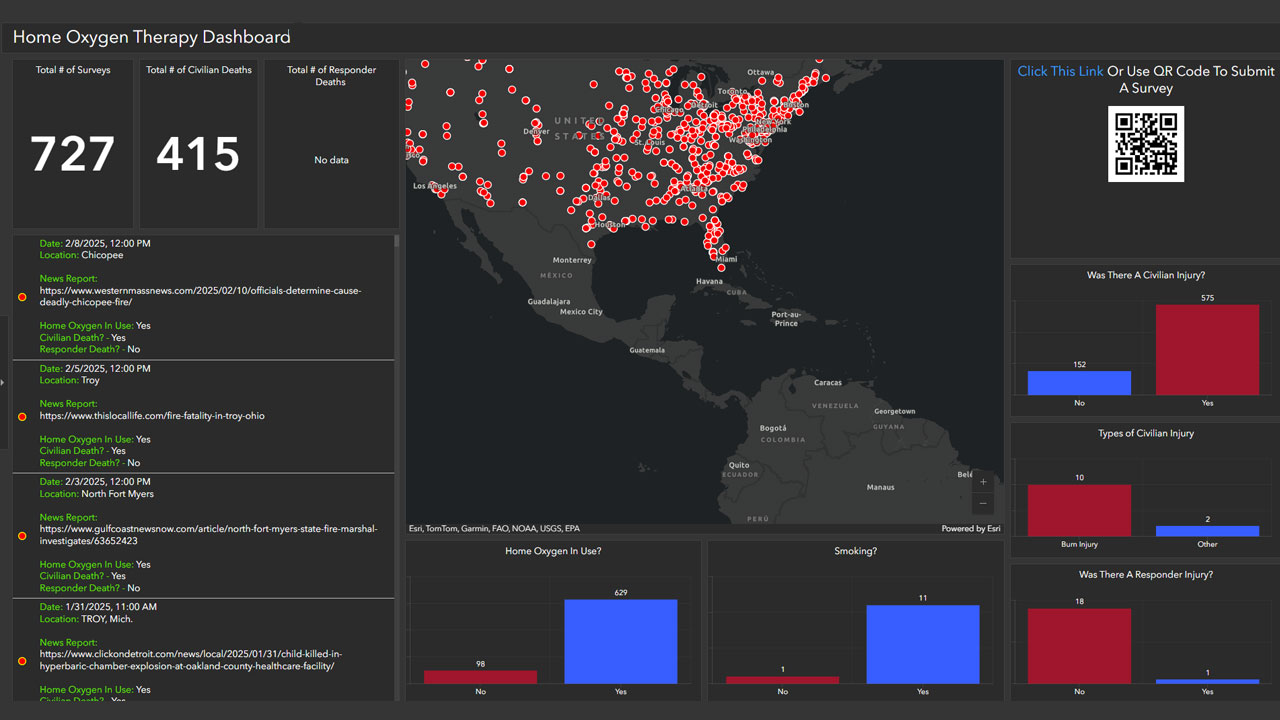
Jan 01, 0001
IAFC 2025 Conference Lineup – An Event for Every Leader
Here’s a quick look at IAFC's 2025 conference lineup
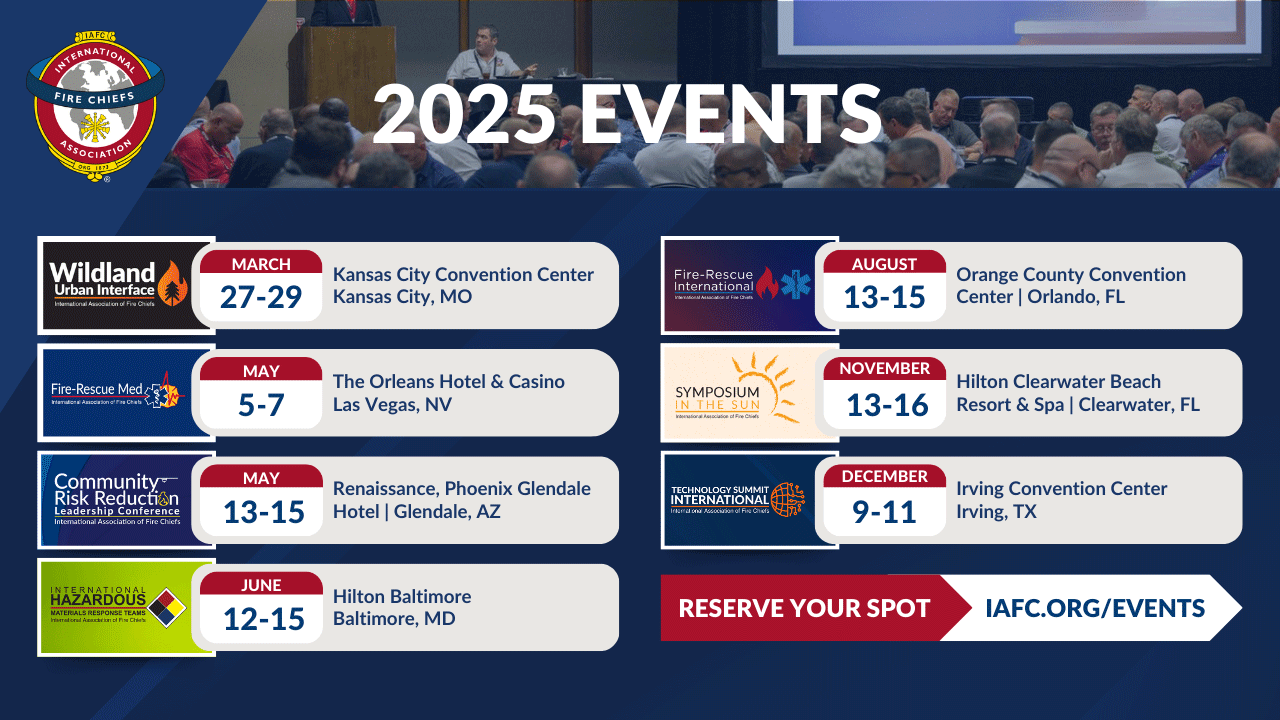
Jan 01, 0001
2025 FLSS Scholarship for the Community Risk Reduction Leadership Conference
Apply for the CRRL Scholarship and enhance your expertise and sharpen your skills in this critical area
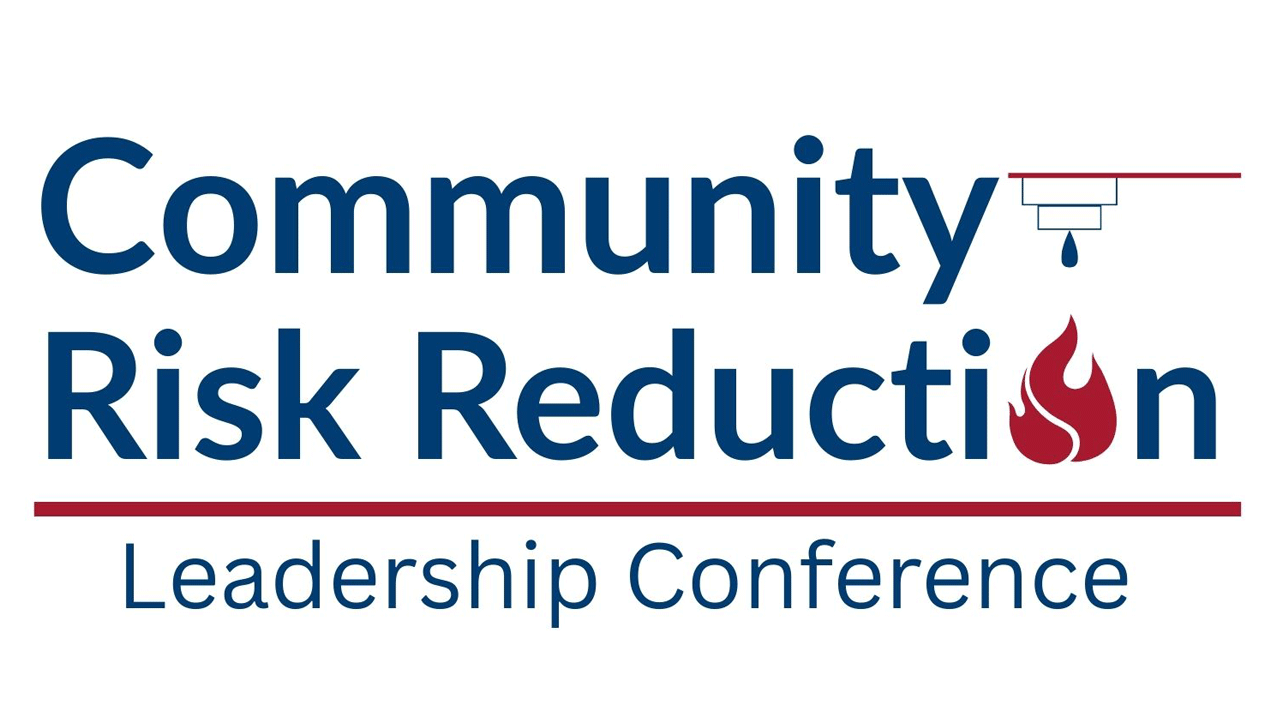
Jan 01, 0001
Public Hearing on Thermal Fuse Reimbursement: A Critical Step Towards Fire Safety
CMC to hold public hearing November 8 regarding thermal fuses, a crucial safety device in fire prevention.

Jan 01, 0001
The IAFC calls upon the United States Senate to consider and pass legislation to help make e-bikes, e-scooters and hoverboards fire-safe.
IAFC encourages members to contact their Senators and ask them to pass legislation requiring safety standards for lithium-ion batteries in micro mobility devices.

Jan 01, 0001
Chief Greg Rogers provides insight to NFPA Journal on the Single Exit Stair topic
Chief Greg Rogers provides insight to NFPA Journal on the Single Exit Stair topic
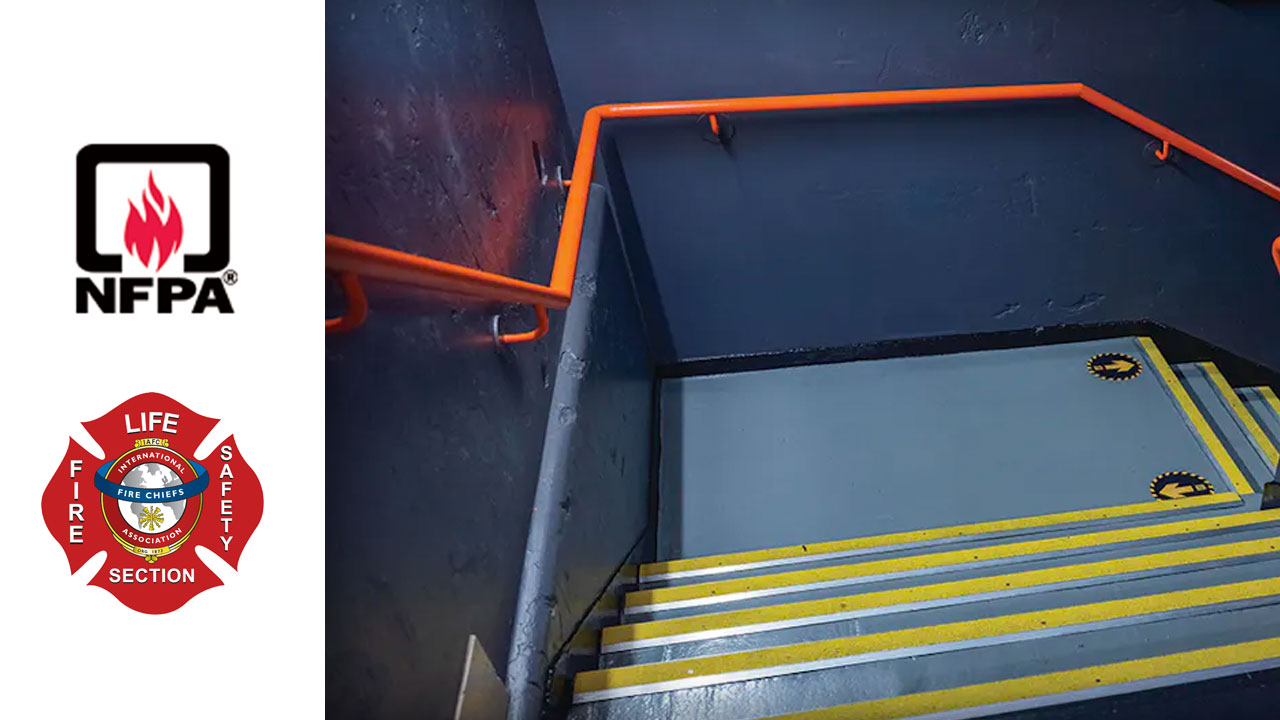
Jan 01, 0001
Fire Chief Ray Reynolds Honored for Excellence in Fire and Life Safety
Fire and Life Safety Section presented Fire Chief Ray Reynolds with the 2024 Excellence in Fire & Life Safety Award
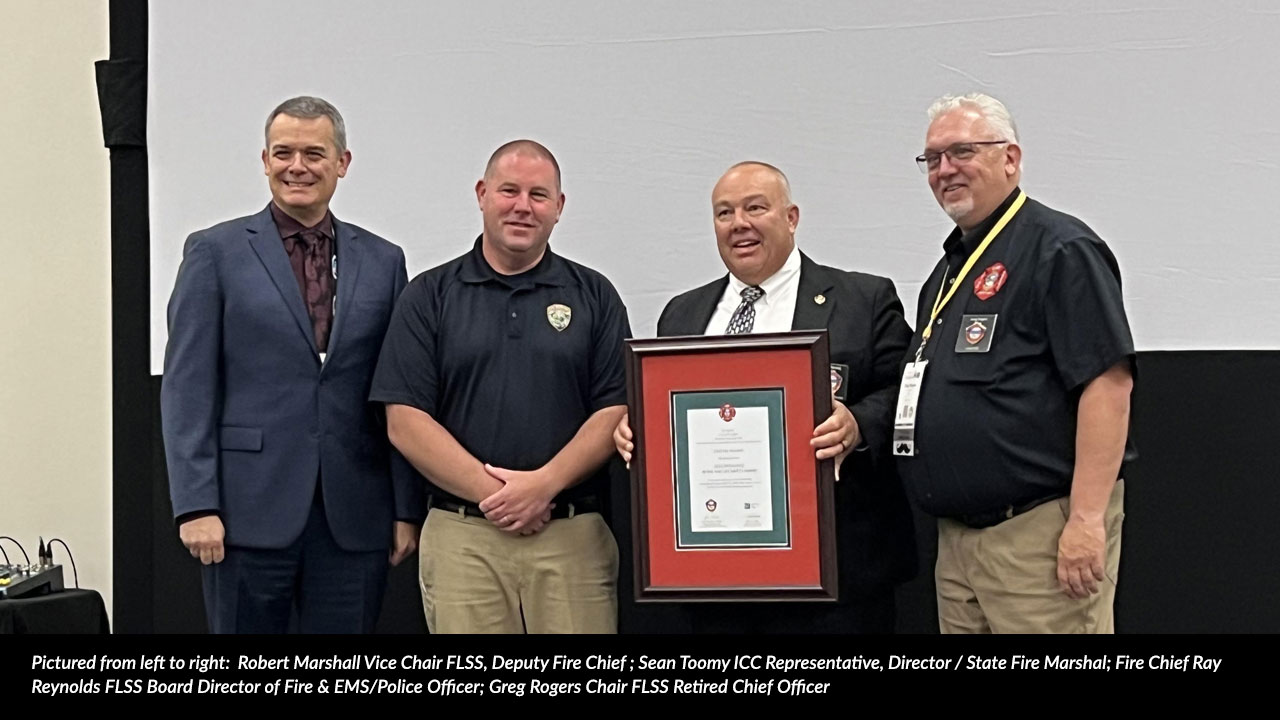
Jan 01, 0001
Call For Presentations: 2025 Community Risk Reduction Leadership Conference
Submit your presentation idea as part of the 2025 Community Risk Reduction (CRR) Leadership Conference today

Jan 01, 0001
Come participate in the conversation about Fire Service Hazards and Building and Fire Code Prevention Measures related to Lithium-ion Batteries and Energy Storage Systems!
Join the IAFC and FLSS session on lithium-Ion Batteries during FRI.

Jan 01, 0001
New Standards Development Activity on Battery Safety
NFPA is seeking comments regarding New Standards Development Activity on Battery Safety
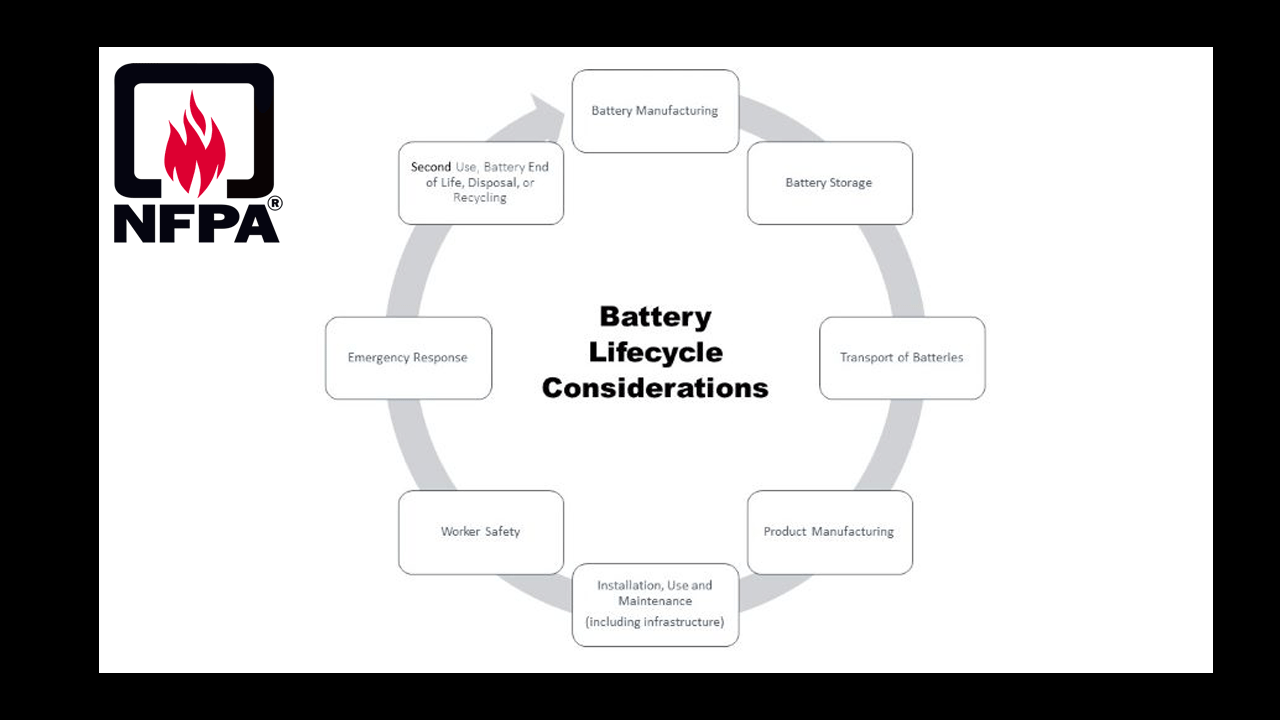
Jan 01, 0001
Fire & Life Safety Section Chair Greg Rogers testifies at ICC Code Hearing
Watch the fire service testify against the single stair code proposal

Jan 01, 0001
Reducing Stairs in Residential Buildings Higher Than Three Stories Creates Escape Hazards for Occupants and Inhibits Vital Emergency Response Operations
Fire, Life and Safety Section submits a position statement.

Jan 01, 0001
Fighting Fire and Preserving Progress: The Unsung Role of Portable Fire Extinguishers in Environmental and Life Safety
The use of portable fire extinguishers is a win-win situation for both life safety and environmental preservation
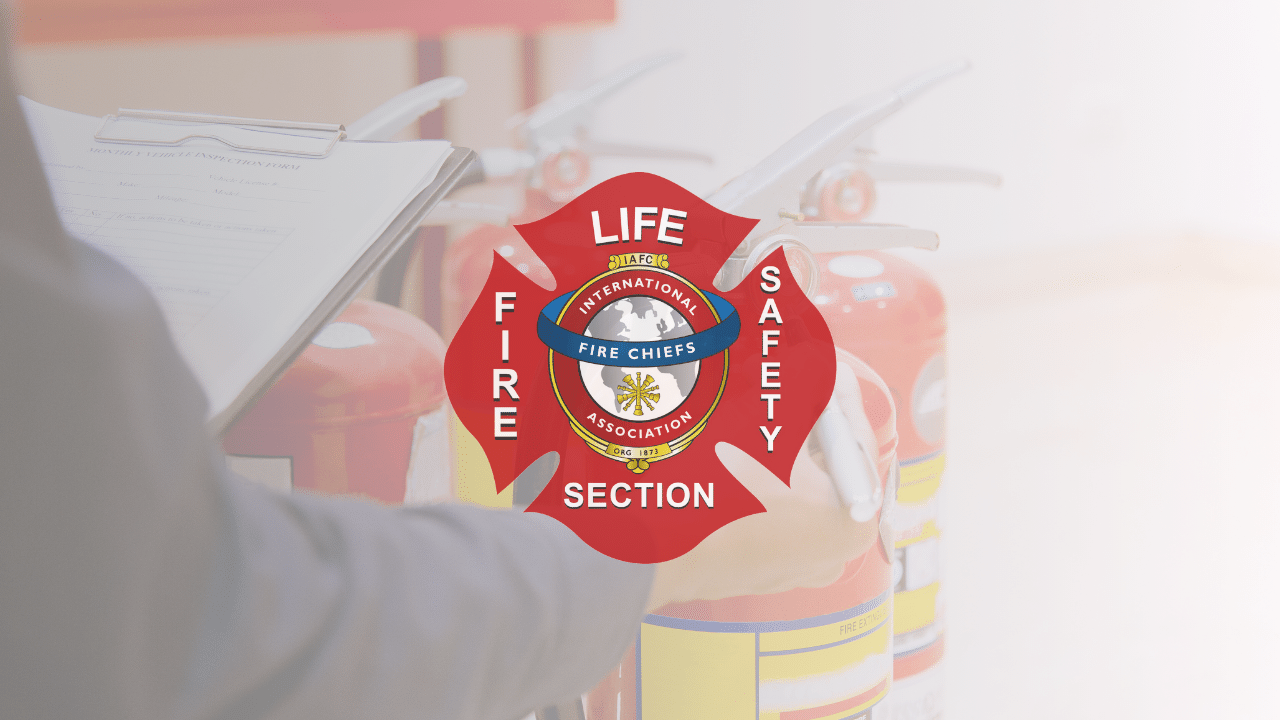
Jan 01, 0001
FLSS Strategic Initiatives Plan for the years 2023 – 2025
New! FLSS Strategic Initiatives Plan for the years 2023 – 2025

Jan 01, 0001
FLSS Scholarship for the Community Risk Reduction Leadership Conference
Learn about an opportunity for scholarships and complimentary registration to attend the Community Risk Reduction Leadership Conference

Jan 01, 0001
The Fire and Life Safety Section IAFC training has been rescheduled!
Join us on November 15th, 2023, and equip yourself with essential skills to ensure safety in any situation
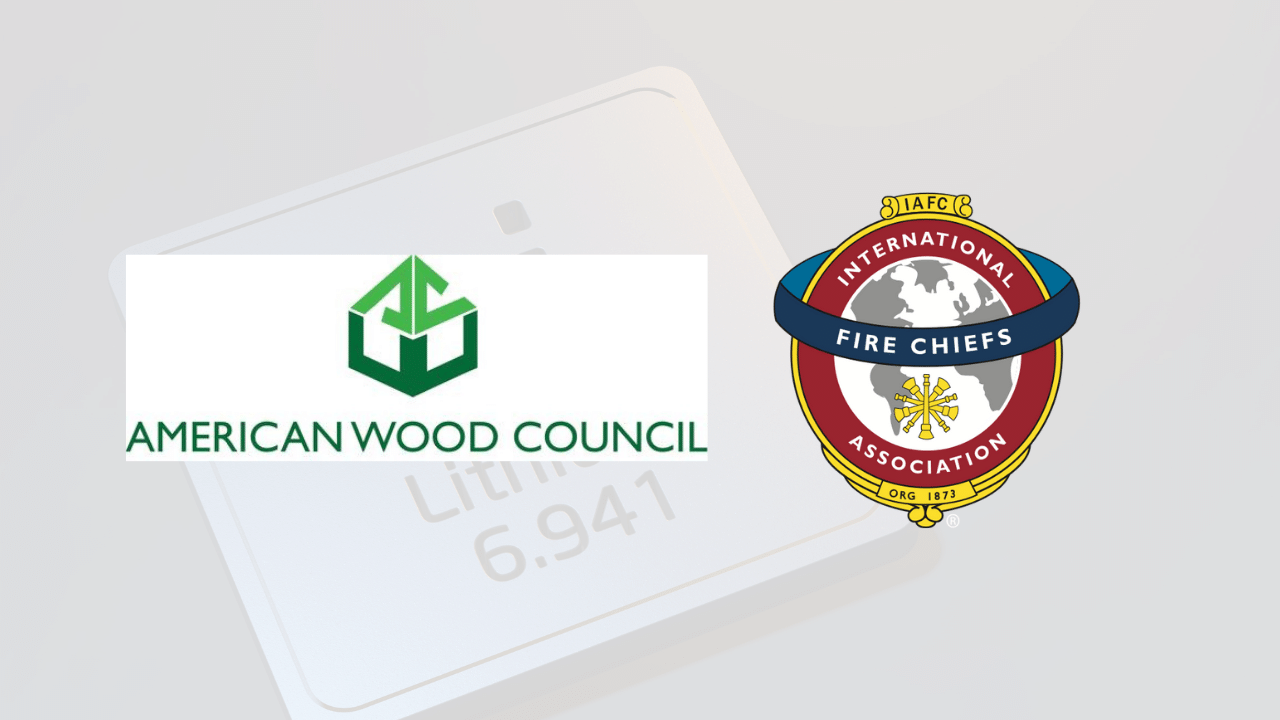
Jan 01, 0001
Training: Batteries in the Fire Service, Tall Mass-Timber Buildings & Fire Department Concerns, and Codes that Safeguard Construction
Training on operational response and code requirements for batteries in buildings and energy storage systems

Jan 01, 0001
Call for Candidates for the 2024 FLSS Election
Learn more about the available positions.

Jan 01, 0001
CNIC Announces Fire and Emergency Services Award Winners
The Navy F&ES Awards Program was instituted in 1997 to recognize the most outstanding fire departments and personnel for achieving the highest degree of excellence in mission support and fire protection management.
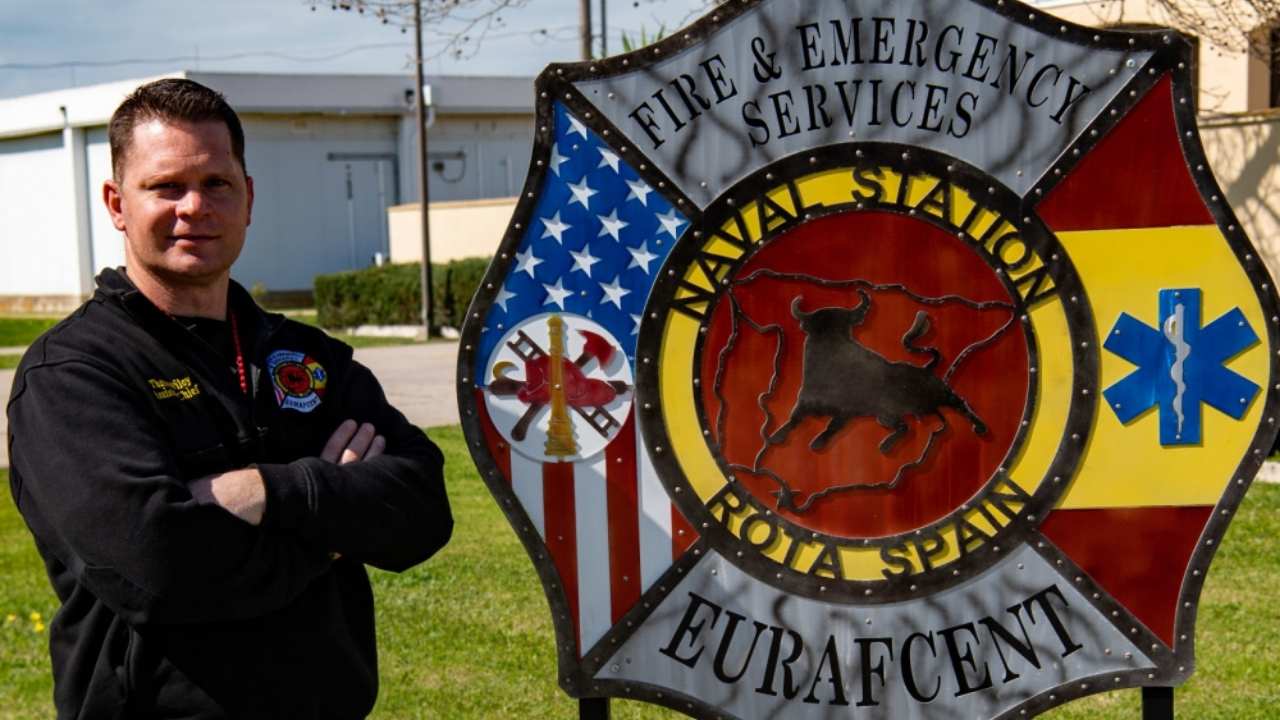
Jan 01, 0001
Trend Towards 10-Year Technology
Suggestions for replacing alarms.

Jan 01, 0001
Do Not Be Left Under Protected
If your home was built before 1993, here are optimum locations of smoke alarms.
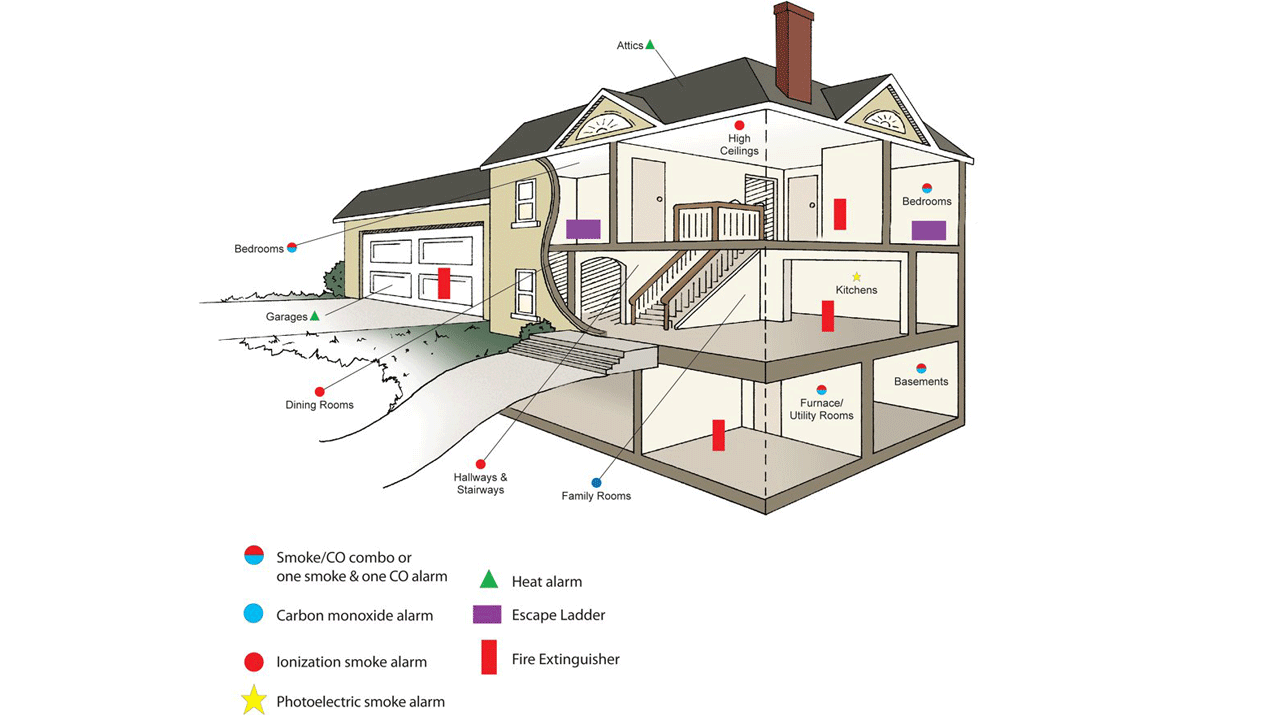
Jan 01, 0001
Don't Fall Victim to Carbon Monoxide, the "Invisible Killer"
Carbon monoxide, also known as CO, is called the "Invisible Killer" because it's a colorless, odorless, poisonous gas. More than 150 people in the Unites States die every year from accidental non-fire related CO poisoning associated with consumer products, including generators.
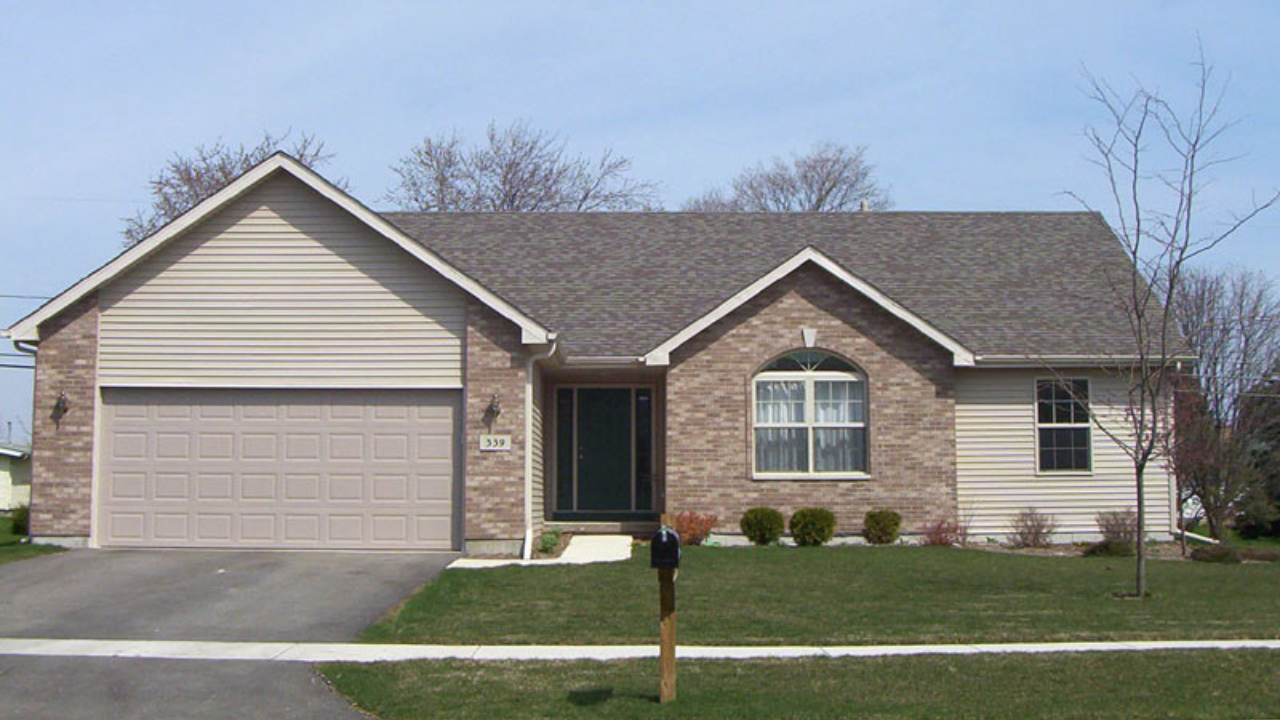
Jan 01, 0001
DHS Releases New “Cyber Essentials” Resources to Promote Cybersecurity
The IAFC recommends that fire chiefs review the actions described in the Cyber Essentials to protect your fire department from cyber-attacks.

Jan 01, 0001
Seven Ways to Make Community Risk Reduction a Focus of Your Department
An ever-present concern for any fire chief is our role in reducing the impact incidents have on our community.
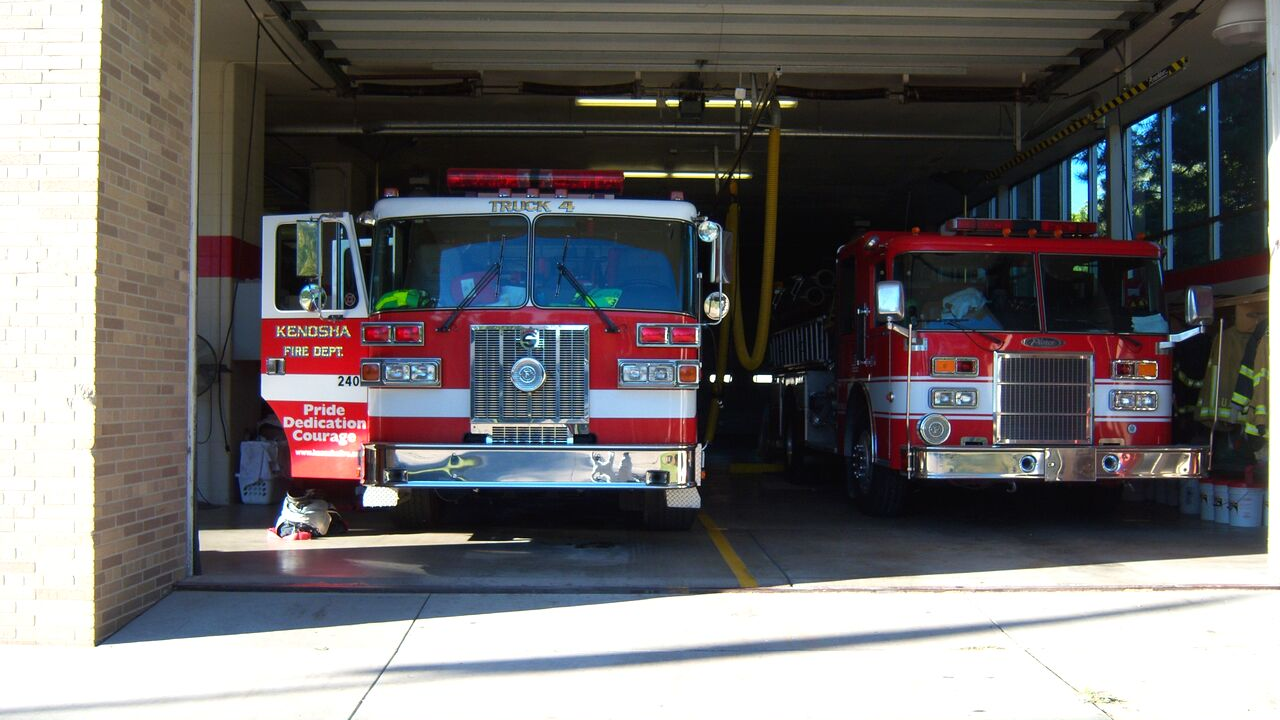
Jan 01, 0001
Kidde Recalls Dual Sensor Smoke Alarms
Recall involves models PI2010 and PI9010 of Kidde dual sensor.
![]()
Jan 01, 0001
IAFC Expresses Condolences for Victims of Baltimore Fire
The IAFC expresses its deep condolences to the family and friends of six young children who reportedly perished during a residential house fire Thursday in Baltimore, Md. We commend the first responders who responded to the tragic scene.
![]()